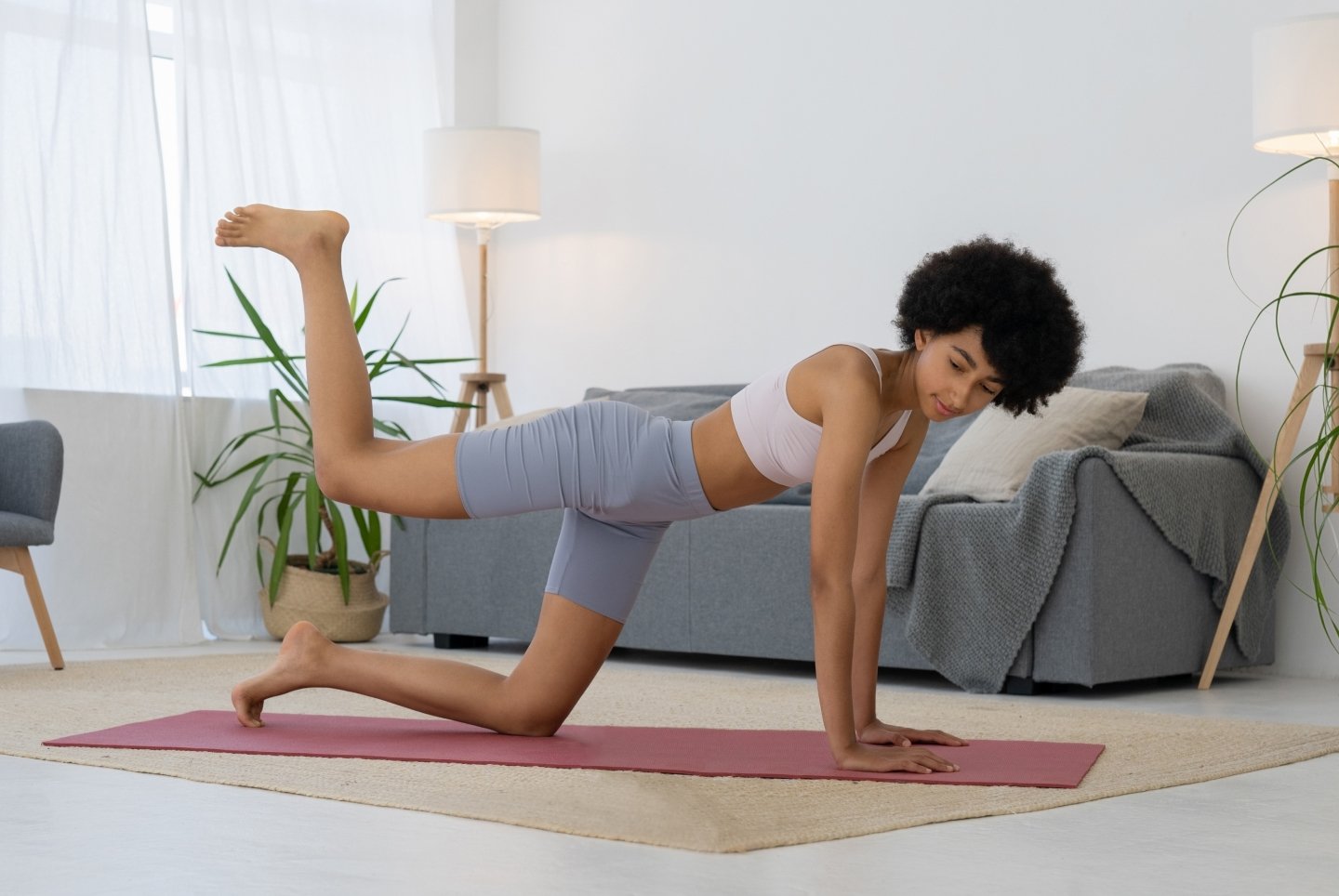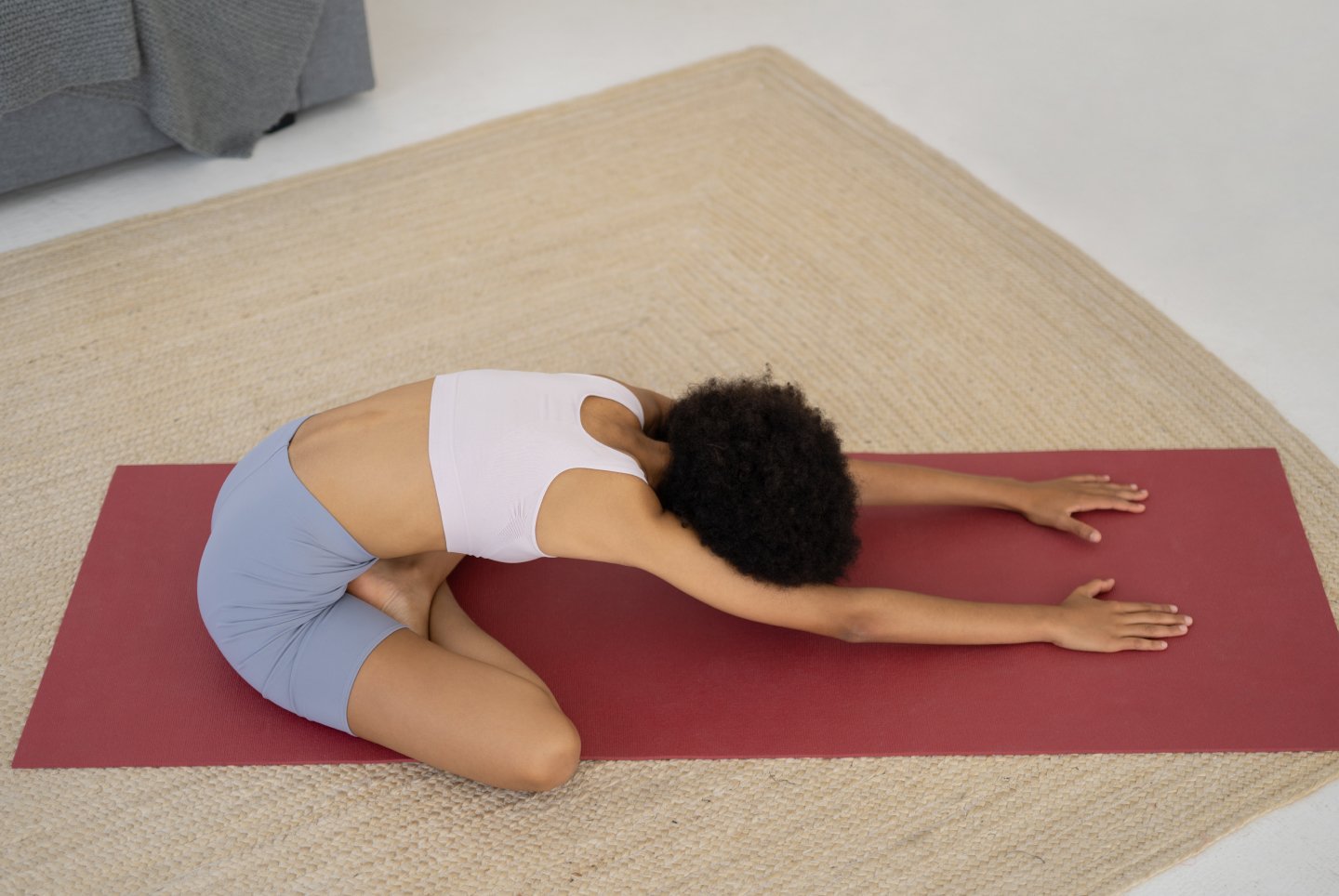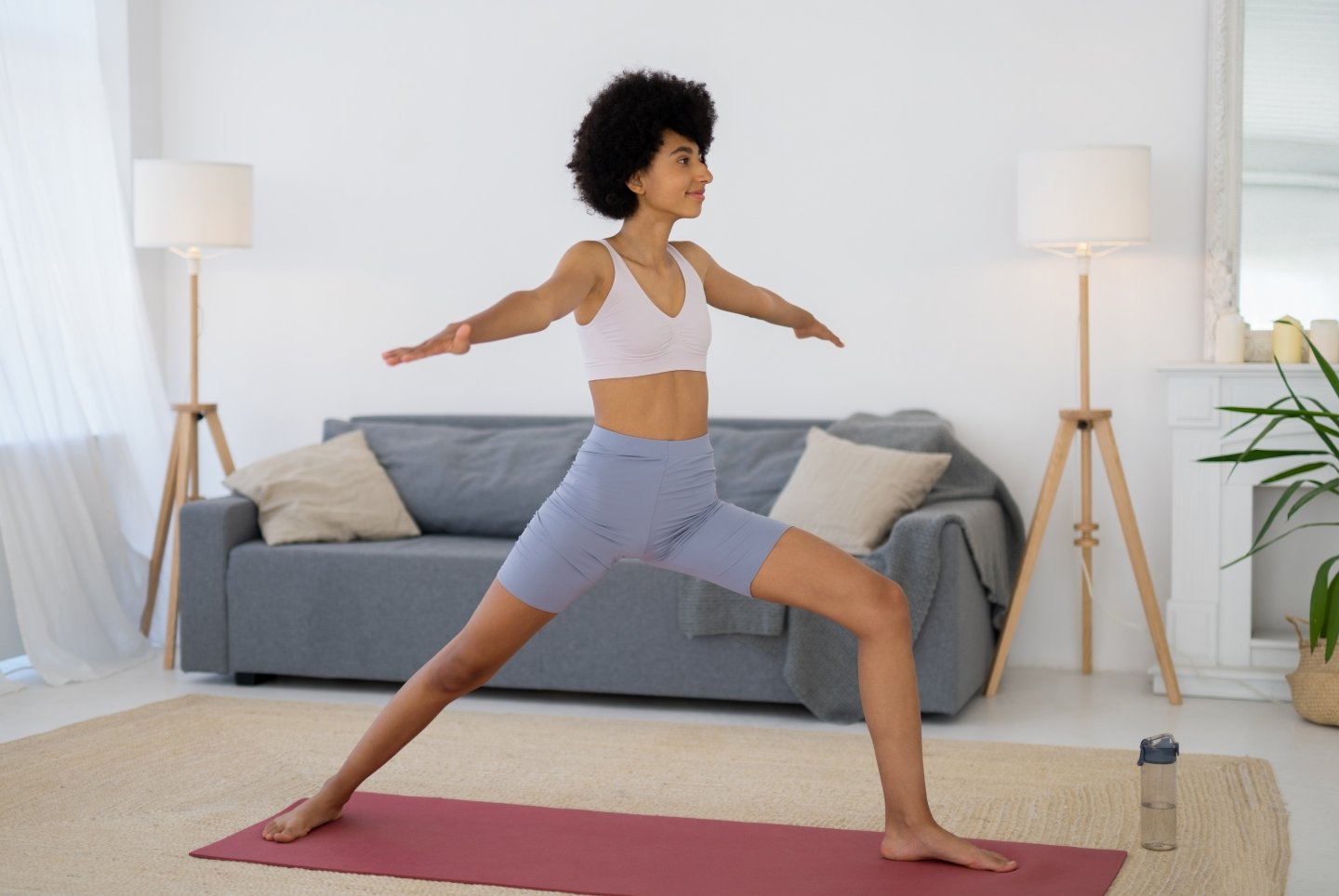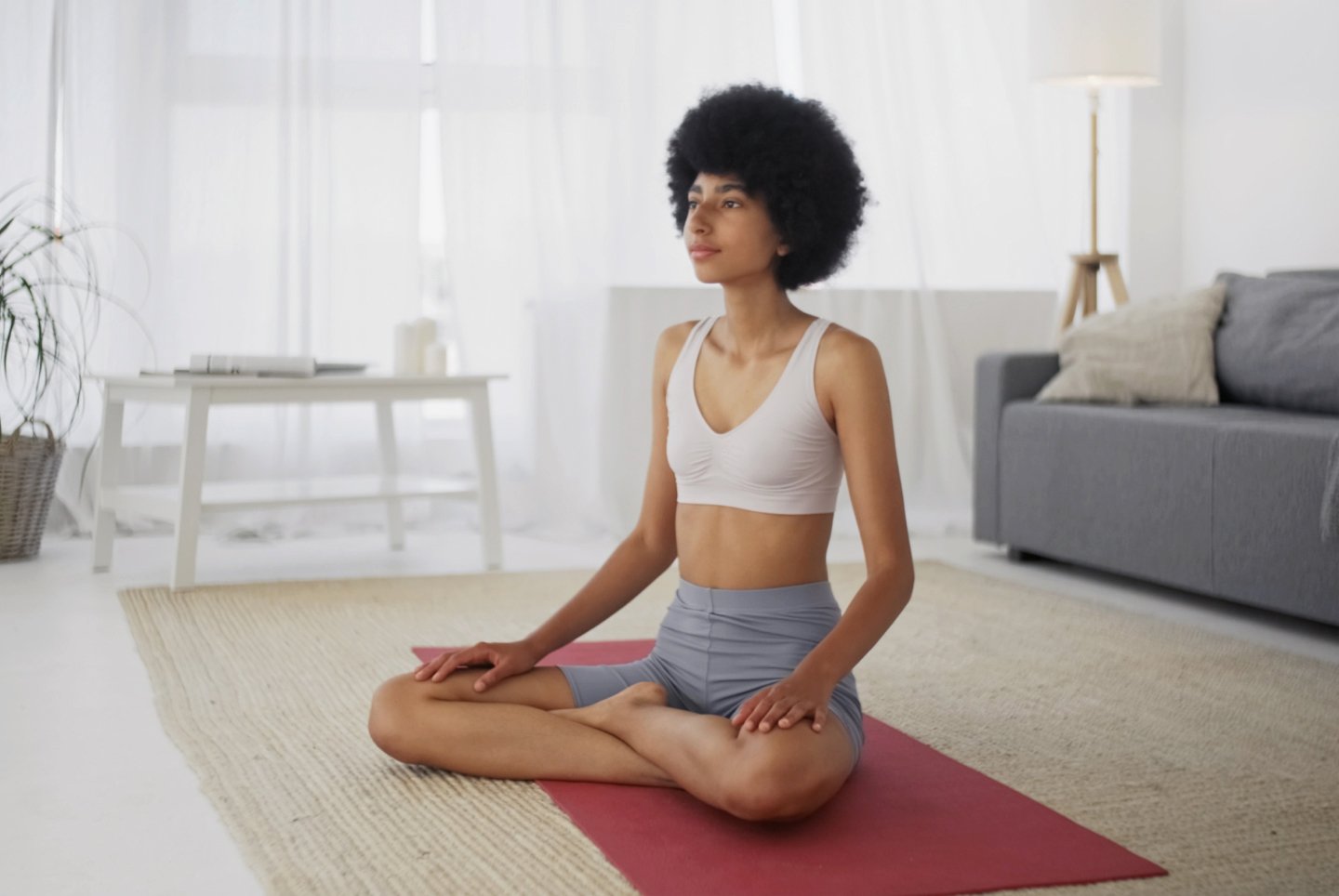Practicing Mindfulness
What Mindfulness Really Means
Mindfulness isn’t about becoming someone else. It’s not about erasing your thoughts or “living in a bubble of peace” 24/7.
It’s simply about being present — paying attention to what’s happening right now without judgment.
It’s pausing long enough to notice the taste of your coffee, the sound of the rain, or the feeling in your chest when you take a deep breath.
Why Practice Mindfulness?
For me, mindfulness became a lifeline during some of my toughest seasons — times when anxiety and trauma tried to run the show. It’s not magic, but it’s a powerful tool that can:
Lower stress and anxiety levels
Improve focus and clarity
Help you respond instead of react
Create a stronger sense of gratitude for everyday moments
3 Easy Ways to Practice Mindfulness
You don’t need to join a retreat or meditate for hours. Here’s how to start where you are:
1. Start with Your Breath
Take a slow inhale for four counts, hold for four, exhale for four. Repeat. Feel your body slow down.
2. Use Your Senses
Look around and name five things you can see, four things you can feel, three things you can hear, two things you can smell, and one thing you can taste. This instantly grounds you in the present.
3. Make Ordinary Tasks Mindful
Washing dishes? Feel the warm water. Notice the movement of your hands. Walking outside? Listen to your footsteps. Smell the air.
The Biggest Mindfulness Mistake
Many beginners quit because they think they’re “bad” at it when their mind wanders.
Here’s the truth: your mind will wander. The win is in noticing and gently bringing it back — over and over. That ismindfulness.
Final Thought
Mindfulness isn’t a perfect practice. It’s about showing up, moment by moment. The more you practice, the more you’ll notice a quiet strength building inside you — the kind that helps you handle life’s chaos with a little more calm.






